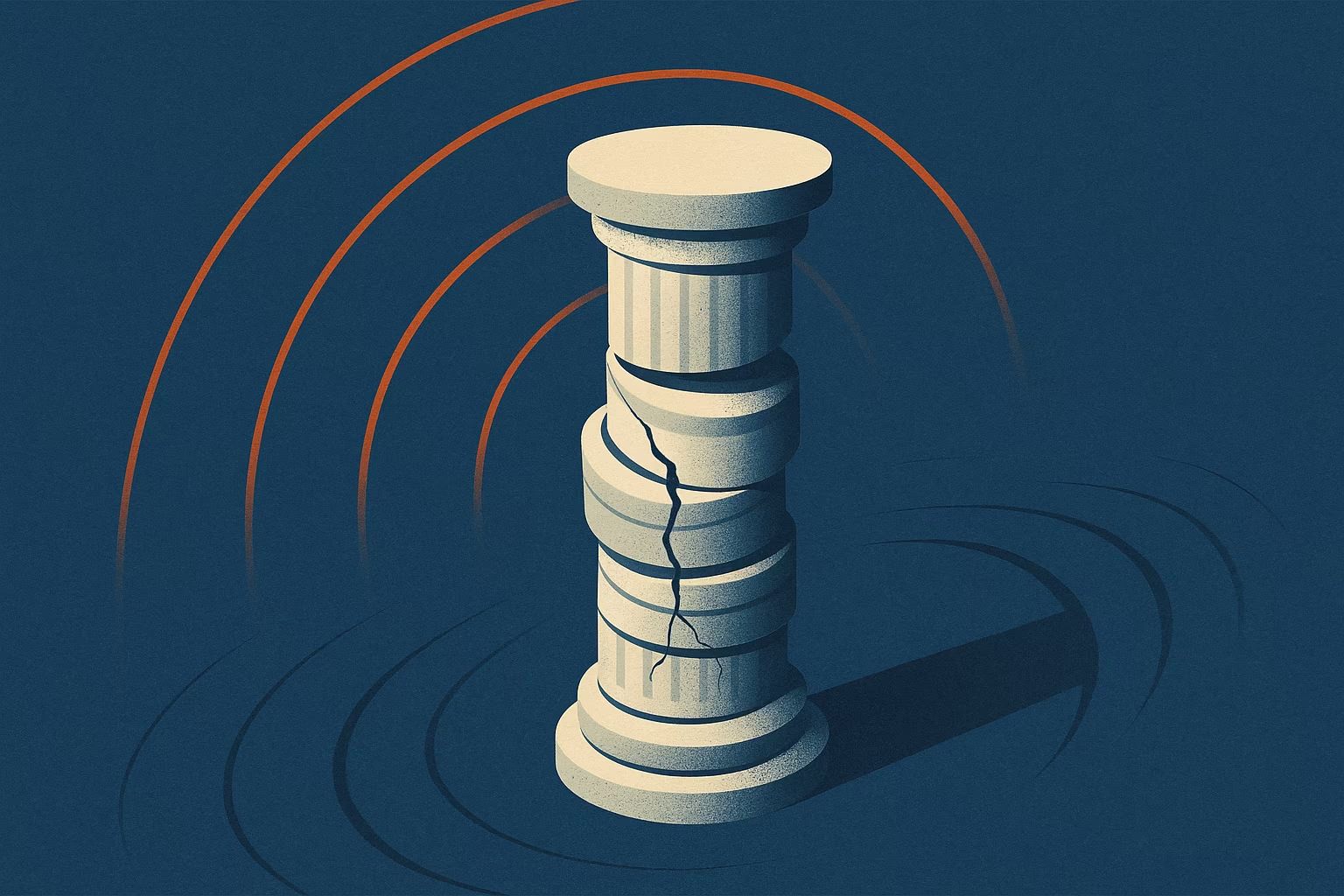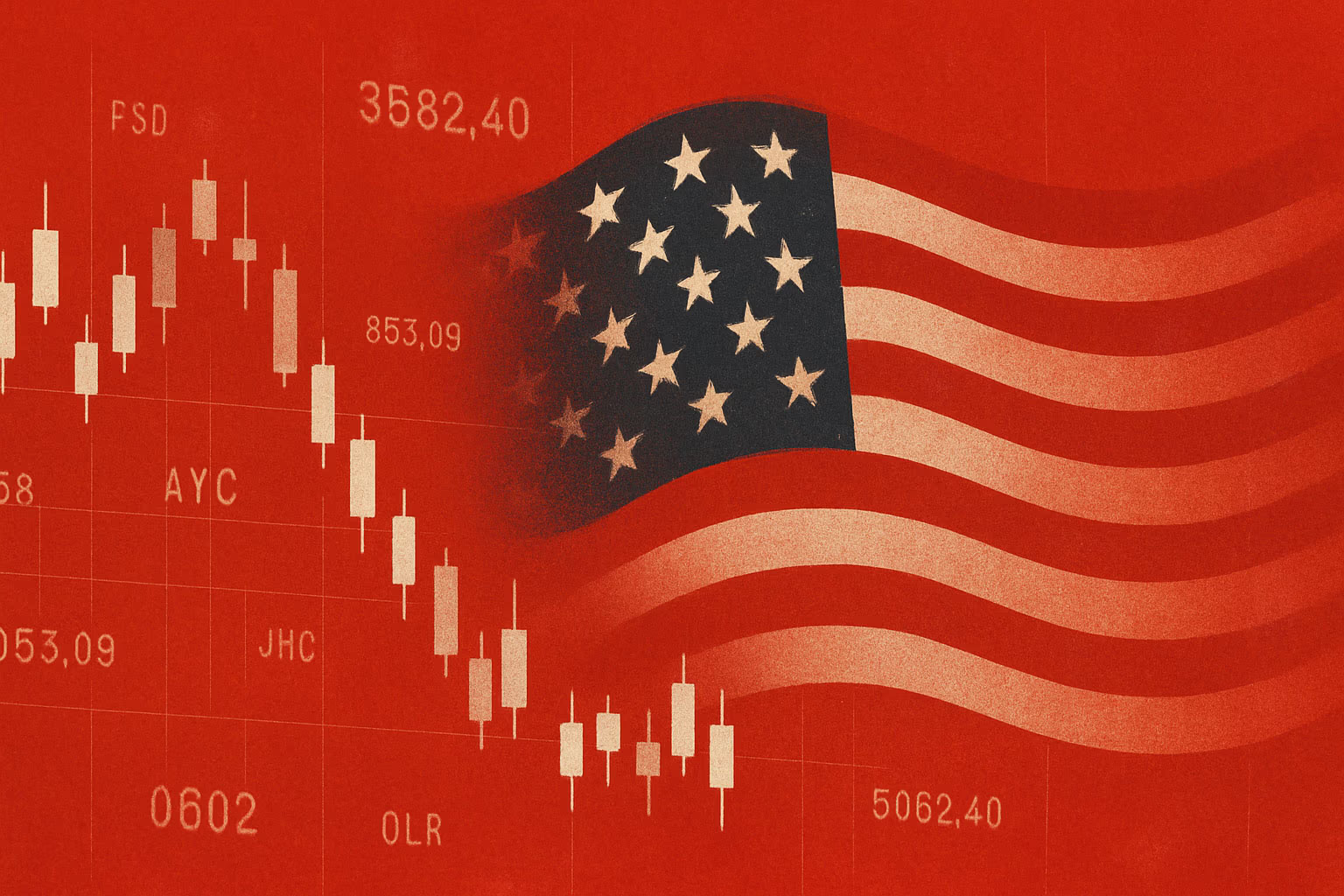Since its creation, the U.S. Federal Reserve has been regarded as an institution standing above day-to-day politics. Its independence was seen as a cornerstone of financial stability: trust in the Fed kept inflation in check and ensured global demand for U.S. bonds even during periods of heavy budget deficits. Politicians across eras sought to sway the central bank—Richard Nixon, for instance, pushed for lower rates ahead of the 1972 election, triggering an inflationary surge. But until now no president had dared to use executive power to directly dismiss members of the Board of Governors.
That tradition is now under strain. Donald Trump has made the Fed a central target of his second term, accusing its leadership of strangling the housing market with high rates. His attack on Lisa Cook, a member of the Board, marks an unprecedented challenge to an established norm. The outcome of this clash will shape not only the balance of power within the Fed but also global faith in America’s ability to safeguard economic stability.
Life grows difficult for a bond trader without Truth Social on his phone: a single evening post by the president was enough to turn a skirmish between the White House and the Federal Reserve into something far more unsettling. On August 25, Donald Trump posted a letter claiming he had dismissed Lisa Cook, a Fed governor, for alleged mortgage fraud. While presidents do hold the power to remove Fed officials, it can only be done “for cause”—a provision never before invoked. No charges, let alone convictions, have been brought against Cook. The allegation that she listed two houses as her primary residence originated with Bill Pulte of the Federal Housing Finance Agency, who had raised similar claims against others—none of which resulted in criminal cases. Cook has vowed to challenge the dismissal in court and, pending resolution, to retain her seat.
The move marked a striking escalation of Trump’s campaign against central bank independence. During his first term, the Fed remained peripheral to his agenda; in the second, it has become a convenient villain. Trump has loudly and publicly demanded rate cuts, branding Chair Jerome Powell “too late” for failing to deliver them sooner. He even considered firing Powell, at one point seizing on the costly renovation of the Fed’s headquarters as a possible pretext. Trump blames the central bank for stifling the housing market with high rates: “Once we have a majority, housing is going to swing,” he declared recently.
For now, Powell and the Fed largely ignore the political noise. Since December there have been no rate cuts, though one in September looks likely. Their composure rests on confidence in the Fed’s legal safeguards: governors serve long terms and are difficult to dislodge. The Supreme Court recently carved out an exception for the central bank in a ruling that otherwise made it easier for presidents to fire agency heads. Yet the assault on Lisa Cook raises the stakes: her mandate runs until 2038, and if she were replaced by a Trump loyalist, those protections would suddenly look fragile.
The scale of potential damage hinges on three points of pressure, the first being Cook’s impending court case. Proving her alleged missteps amount to cause for dismissal will be difficult: the disputed filings date back to 2021, when she was a private citizen; moreover, it would have to be shown that any inaccuracies were intentional. Few expect a swift outcome: betting markets put the odds of her removal at just 10% by the end of September and 25% by year’s end.

The second point is the five-year vote of the seven Fed governors on presidential nominees for the heads of regional reserve banks. The Federal Open Market Committee (FOMC) consists of 12 members: seven governors and five regional presidents serving on a rotating basis. The next round of confirmations is due in early 2026. If Cook is forced out and the Senate approves successors for her and the recently departed Adriana Kugler, four of the seven governors would be Trump appointees—who could, in theory, push for “loyal” regional presidents. In practice, even that scenario is unlikely to lead to outright politicization: Christopher Waller and Michelle Bowman, both appointed during Trump’s first term, remain technocrats.
The third point is Jerome Powell’s term limit. At first the shortlist of successors appeared narrow, but Trump soon expanded it and added more eccentric names. Of the leading contenders, Waller would be the most reassuring choice: he correctly predicted, against consensus, that the U.S. could cool inflation without a recession. If Trump instead opts for a loyalist such as Kevin Hassett, one of his economic advisers, the FOMC’s voting structure should provide a brake—unless that safeguard is itself weakened by further “evictions” in the mold of Cook’s case.
Trump-Pump-Pump

The U.S. Economy as a Source of Global Instability
American Policymaking Increasingly Resembles That of Emerging Markets

What Is the One Big Beautiful Bill Act?
And Why It Will Make Rich Americans Richer—and the Poor Even Poorer

Politics of Loud Threats
Ultimatums as Donald Trump’s State Strategy
The last president to seriously lean on the Fed was Richard Nixon, who pressed then-chair Arthur Burns to cut rates ahead of the 1972 election. The outcome was disastrous: inflation took off even before the oil shock of 1973 and required nearly a decade to tame. According to Thomas Drechsel of the University of Maryland, an episode of political pressure half as intense as Nixon’s and lasting six months could add 7% to the price level over a decade.
Trump has been far more brazen in pressuring the Fed than Nixon ever dared. In his second term markets have grown more skeptical of the U.S.: the dollar has fallen 9% against other developed-world currencies, while gold—seen as a safe haven—has surged. Short-term Treasury yields have drifted lower as the economy cooled, but long-term yields remain elevated, reflecting investor anxiety over America’s debt burden and the threat to institutions such as the Fed. Equities, however, remain at record highs despite the unease. After Trump announced Cook’s “dismissal,” stocks, Treasuries, and the dollar dipped, but the reaction was muted. If the threat to Fed independence were taken seriously, the selloff would almost certainly have been sharper. Some of the calm reflects expectations that Trump will eventually retreat; yet to secure a compliant majority on the FOMC he would first need to win in court, push several loyalists through the Senate, and persuade more independent governors to demand a pliant slate of regional Fed presidents.

This composure among investors is itself a problem. Trump’s instinct is to push until he meets real resistance; markets, betting he will blink, may be encouraging him instead. Market discipline may be the only force strong enough to make him reconsider. Even if a full capture of the Fed remains unlikely, the president’s war on central banking already carries real costs. At the very least it has broken the longstanding norm of treating Fed independence as sacrosanct. Should political control of the Fed harden into a recurring Republican demand from cycle to cycle, the politicization of monetary policy would become all but inevitable.
The erosion of trust in America’s economic institutions also matters. The Fed had already been shaken by its failure to anticipate post-pandemic inflation. It managed to cool price growth with rate hikes while avoiding recession largely because the public believed the Fed would bring inflation back to its 2% target without triggering a 1970s-style wage–price spiral. Pulling off that feat would be difficult even in normal circumstances, given that Americans are now psychologically primed to expect inflation. Doing so with a politically compromised central bank is doubly hard.
A loss of confidence in the Fed would also hit the bond market. The U.S. budget deficit now stands at 7% of GDP—three times higher than under Nixon—while net federal debt hovers around 100% of GDP. Persuading investors to absorb such borrowing is daunting under any conditions; without trust in the Fed’s ability to restrain inflation, the case becomes feeble. For now America remains attractive as a safe haven and because most advanced economies are piling up debt too. But investors do have alternatives—and a few more posts on Truth Social could push them to look elsewhere.
